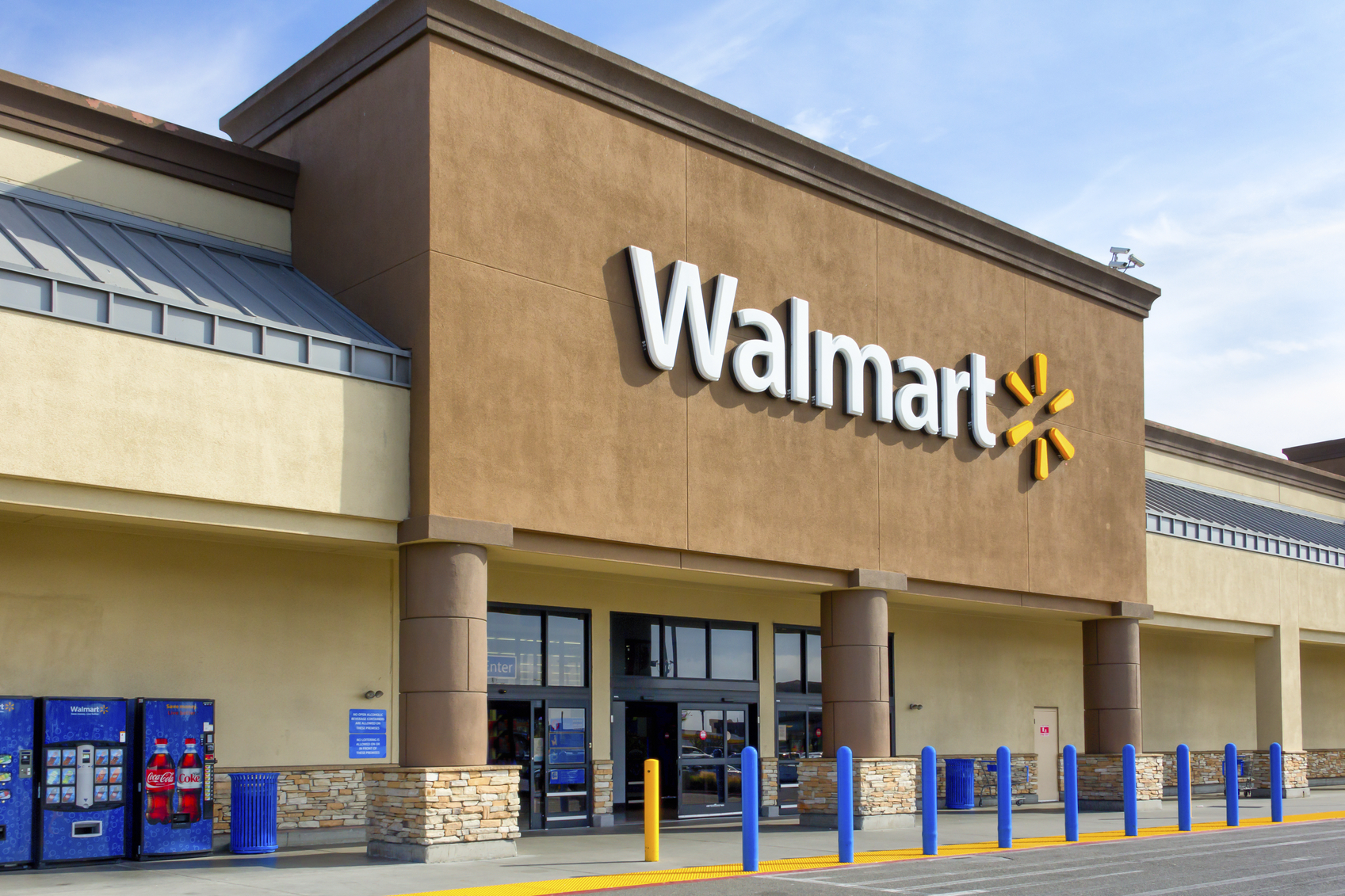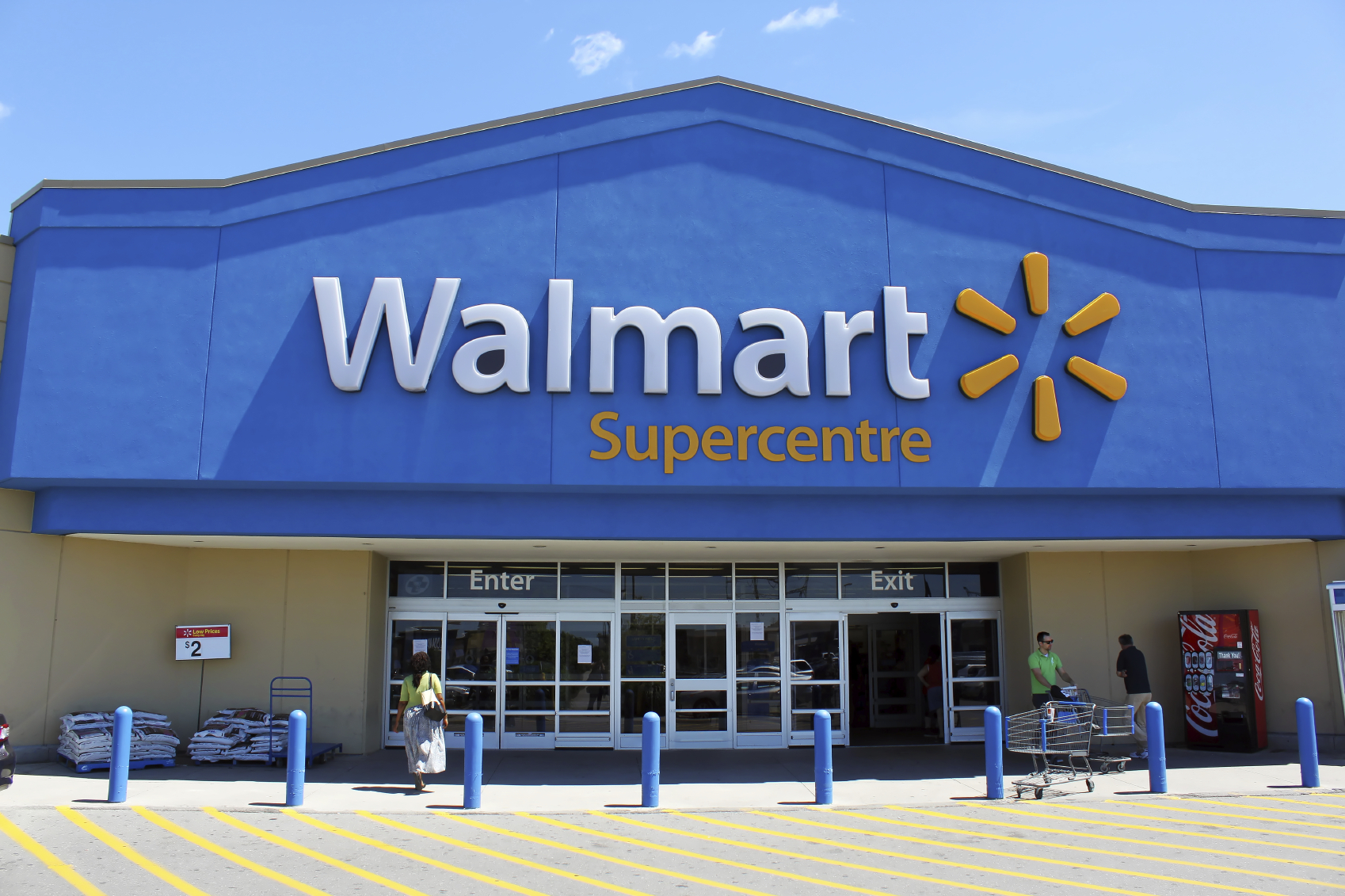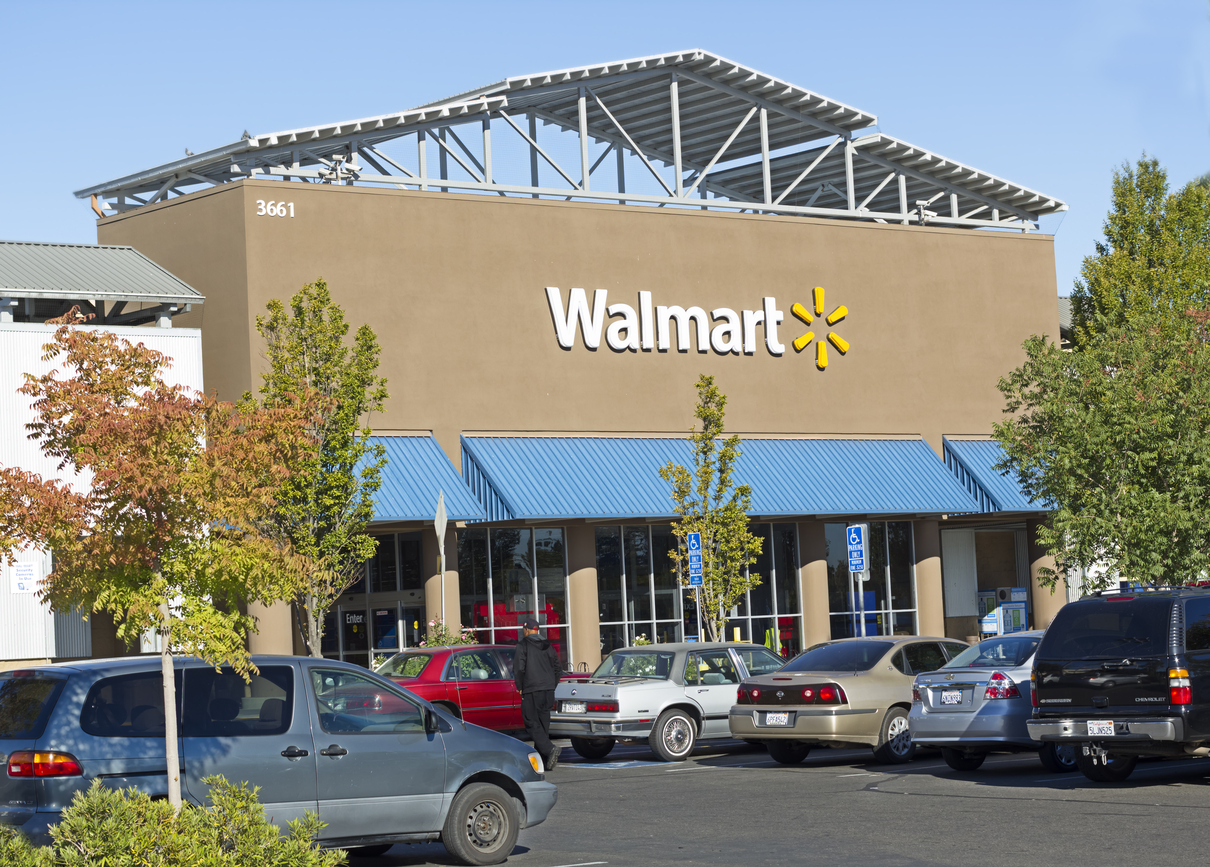In this first entry of our “Updates on Boundless Retail” series, we take a closer look at Amazon’s and Walmart’s recent acquisitions, how they are becoming more alike than ever in terms of the shopping experience they provide, and why a customer-centric approach is what will define the next stage of Boundless Retail.
On June 16, the retail world was shaken up by two major acquisitions. Amazon announced its $13.7 billion acquisition of Whole Foods while Walmart announced it is buying premium menswear brand Bonobos for $141 million. For us, these two announcements offer a rather intriguing juxtaposition to re-examine the current state of retail and the way an emerging convergence of online/offline retail channels is shaping the sector’s future.
On one side, the Whole Foods acquisition solidifies Amazon’s entry into brick-and-mortar retail, as the deal bought Amazon “431 upper-income, prime-location distribution nodes” that will further boost its logistical prowess, particularly in the food and grocery categories. On the other, Walmart, the biggest physical retailer in the world, is buying a fashion retailer that uses its physical stores strictly as showrooms and sells everything through its website. As a result, both companies are racing against each other to become more like each other, as they blur the line between physical and online retail.
In our 2016 Outlook trend report,we observed:
“As ecommerce, physical, and on-demand retail become tightly integrated, our smartphones are becoming our passports, connecting our online preferences, profiles, and activities to our offline shopping experiences, and vice versa. Boundless Retail allows consumers continuous access to sellers who build relationships through multiple touchpoints and channels.”
Now, halfway into 2017, it is becoming clear that the concept of Boundless Retail is evolving into an even more seamless and customer-centric stage. The omni-channel approach that most traditional brick-and-mortar retailers have started to adopt is certainly helpful in meeting the increasing demand in ecommerce. However, it lacks the fluidity that exemplifies the reality of shopping today, where the customer journey no longer follows through one particular sales channel but rather would jump between various channels as they wish. For instance, they may discover your product on a social channel during commute, order it on a desktop device when they are at work later, and then decide to pick up the item in store on their way home. Or they may discover your product when they are window shopping and later decide to make an impulse purchase on their mobile device.
This kind of random and mutable shopper behavior enabled by the abundance of retail channels renders the previous channel-defined strategies no longer efficient, since the siloed way of thinking prevents retailers from truly embracing a customer-centric approach that prioritizes consistently optimized customer experience over driving customers down particular sales channels. Amazon and Walmart, as the biggest retailers in ecommerce and brick-and-mortar respectively, understand this new retail reality. On a closer look at these two acquisitions, it is clear that both companies are actively implementing a more seamless shopping experience that is not so much as omni-channel but rather channel-agnostic.
Amazon has been trying to get into the grocery business for a couple of years now, first with private-label food products sold on Amazon.com and later with AmazonFresh slowly rolling out to select markets. In fact, one could say that Amazon has been eyeing the grocery market since 2012 with the acquisition of Kiva system, which span out from Webvan, the first ever on-demand grocery platform. Buying Whole Foods instantly gives Amazon access to the premium grocery customers they have been chasing after and, more importantly, the mass scale it needs to make the grocery business operational as a modularized service.
As analyst Ben Thompson pointed out in his Stratechery post, buying Whole Foods sets up the infrastructure that Amazon would need to launch Amazon Grocery Service, where the ecommerce behemoth would leverage its distribution scale to take over the perishable goods market and disrupt all food-related businesses. Amazon chose to commoditize its cloud platform and made Amazon Web Services (AWS) a white-label product that all businesses can use and build upon, which ended up dominating the web service market with it unparalleled scale and cloud computing power. Now it is aiming to do the same with perishable goods.
Amazon could care less if a rival online retailer wants to host their website on Amazon Web Services, as it will only feed into their cloud business. (Walmart, understandably, aims to undermine Amazon by ordering its vendors to use AWS competitors instead.) Similarly, the perishable goods that Amazon holds under its grocery operations now gain a high-volume brick-and-mortar channel, and vendors could care less about whether their products are being sold via Amazon Fresh or Whole Foods stores. Buying Whole Foods provides Amazon with a guaranteed, large-volume customer of the perishable goods in its network so as to justify scaling up its wholesale grocery operations and better compete with other grocery retailers.
Make no mistake, Amazon still has a long way to go in its quest to conquer offline grocery business the way they did with their cloud service. At the moment, Walmart still controls the biggest share of the U.S. food and grocery market (about 14.5%), followed by Kroger (7.2%), according to estimates by GlobalData Retail. In comparison, Whole Foods currently sits a 1.2% market share and Amazon with a 0.2% share. But with Whole Foods now under its control, Amazon can start pushing for a grocery shopping experience for its Prime members that is totally fluid and channel-agnostic, using the Prime account as the cross-channel identification key, and convert more grocery shoppers into its ecosystem with the combined appeal of Whole Food’s high-end brand and an optimized shopping experience.
Of course, Walmart is not going down without a fight. The decision to acquire Bonobo’s shows the supermarket chain is determined to work towards building a more fluid, customer-centric shopping experience. Already, the company has been steadily rolling out curbside grocery pickup services in select U.S. markets. Last month, it took that concept one step further with a trial run of automated pickup grocery pickup kiosks at an Oklahoma City store.
The sustained success of Bonobo’s unique ecommerce-led, showroom-supporting strategy will provide Walmart with some much-needed insights into how to develop a flexible online/offline shopping experience to take on Amazon’s advances in online apparels, evidenced by the new fashion-minded Echo Look and Prime Wardrobe service, which brings the “try-before-you-buy” model to Prime shoppers. It will be fascinating over the next few years to watch the two retail giants battle it out over grocery and fashion retail.
So, given the current state of the retail market and the way its future is shaping up to be, what’s a U.S. retailer whose name is neither Amazon nor Walmart to do? Well, the first step is to recognize the fact that there is no way you will be able to compete with those two behemoths in terms of scale. Amazon has pretty much dominated ecommerce traffic and will continue to buy its way into the brick-and-mortar market, whereas Walmart will still have the largest physical retail store count in the world as it continues to grow and improve its ecommerce operations. There is simply no viable way to compete with their massive scale and the operational advantages that come with it.
That being said, retailers can still carve out a sustainable and profitable business by focusing on differentiation and perfecting the shopping experience they provide. As Andy Dunn, CEO of Bonobo’s, astutely pointed out, retailers need to focus on developing a unique brand identity with proprietary differentiation points that will offer customers a good reason, be it low cost, exclusive selections, personalized recommendations, or a unique shopping experience, to choose you over their default retail choices. As the kind of purposeful shopping, where the shoppers already know what they want to buy, becomes increasingly expedited and even automated by digital tools, the experience is becoming the ultimate differentiation point that retailers need to focus on.
Not every retailer can afford to be omni-channel, but every one can find a way to make their products, services, customer experience, and ultimately your brand, different enough to attract a loyal customer base. In the next stage of Boundless Retail, the end goal is not simply to be present on every sales channel, but to build a retail brand that is so distinguished and beloved by your customers that it won’t matter which channel you are on.





